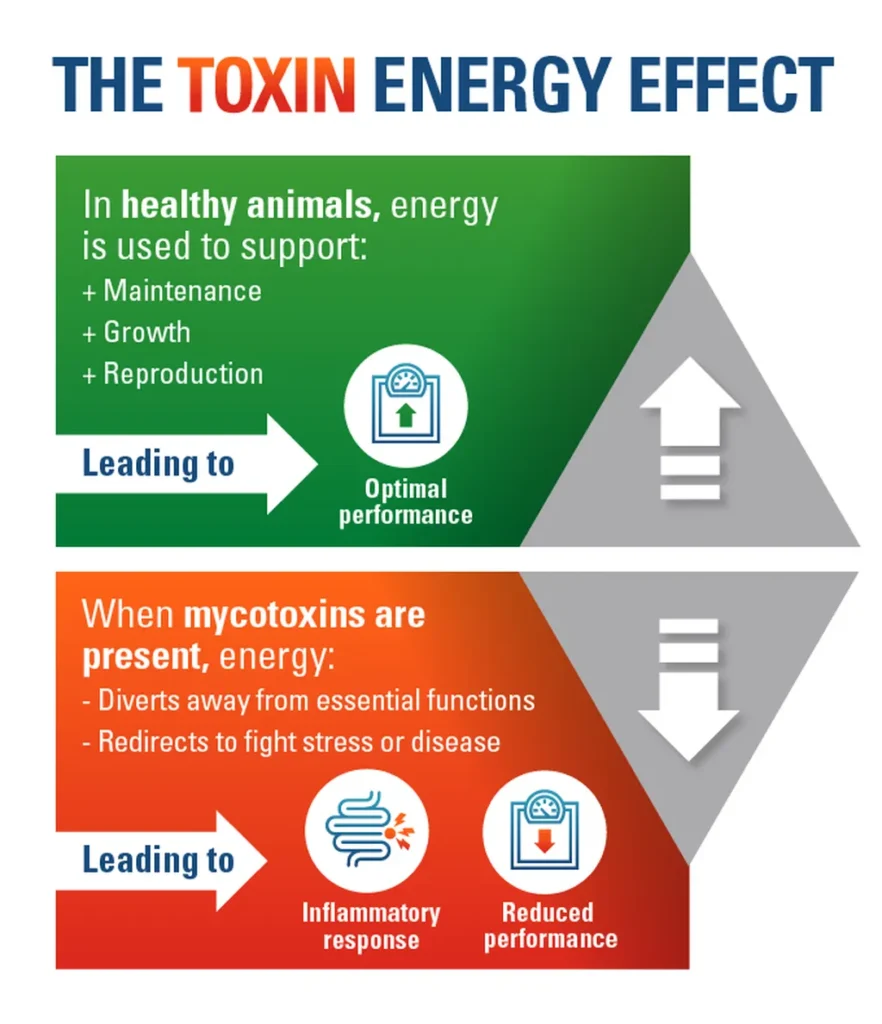In the heart of Romania, researchers are uncovering nature’s secret weapons to combat one of agriculture’s most persistent foes: mycotoxins. These toxic compounds, produced by fungi, can wreak havoc on crops, leading to significant economic losses and potential health risks. But what if the solution to this problem has been growing right under our noses—or rather, in our gardens and fields?
Ioana Porosnicu, a researcher at the Ion Ionescu de la Brad University of Life Sciences in Iasi, is at the forefront of this discovery. Her recent study, published in Scientific Papers Animal Science and Biotechnologies, explores how plants and their natural compounds can be harnessed to prevent mycotoxin contamination. The findings could revolutionize sustainable agriculture and have far-reaching implications for the energy sector, which relies heavily on agricultural products for biofuels and biogas.
Porosnicu’s research delves into the world of phytocompounds—biologically active compounds produced by plants. She focuses on those from aromatic and medicinal plants, which have shown remarkable antifungal and anti-mycotoxigenic properties. “Plants have evolved sophisticated defense mechanisms against fungal pathogens,” Porosnicu explains. “By understanding and leveraging these natural defenses, we can develop more sustainable and effective strategies to protect our crops.”
One of the key findings is the potential of essential oils from plants like oregano, thyme, and rosemary. These oils contain compounds such as phenolics and flavonoids, which can inhibit fungal growth and suppress mycotoxin production. For instance, oregano oil has been shown to effectively combat Aspergillus flavus, a common fungus that produces aflatoxins, one of the most harmful mycotoxins.
But the story doesn’t stop at essential oils. Porosnicu also highlights the role of phytoalexins—compounds synthesized by plants in response to pathogenic attacks. These phytoalexins act as a rapid natural defense mechanism, providing an additional layer of protection against mycotoxin contamination.
The implications for the energy sector are significant. Mycotoxin contamination can lead to the rejection of entire harvests, causing substantial losses for biofuel producers. By integrating phytocompounds into agricultural practices, the energy sector could ensure a more stable and reliable supply of feedstock for biofuels and biogas. This could lead to increased energy security and reduced dependence on fossil fuels.
Moreover, the use of plant-derived compounds aligns with the growing demand for sustainable and eco-friendly practices. As consumers and regulators increasingly prioritize environmental sustainability, the adoption of natural alternatives to synthetic fungicides could provide a competitive edge for energy companies.
However, Porosnicu cautions that while the potential is promising, more research is needed to assess the efficacy, stability, and limitations of phytocompounds under field conditions. “We need to conduct extensive field trials to understand how these compounds perform in real-world scenarios,” she says. “Only then can we fully realize their potential in sustainable agriculture.”
As the world grapples with the challenges of climate change and food security, Porosnicu’s research offers a glimmer of hope. By harnessing the power of nature, we can develop innovative solutions to some of agriculture’s most pressing problems. And in doing so, we can pave the way for a more sustainable and resilient future for the energy sector and beyond. The research published in Scientific Papers Animal Science and Biotechnologies is a testament to the potential of interdisciplinary collaboration and the power of nature’s own defenses.

